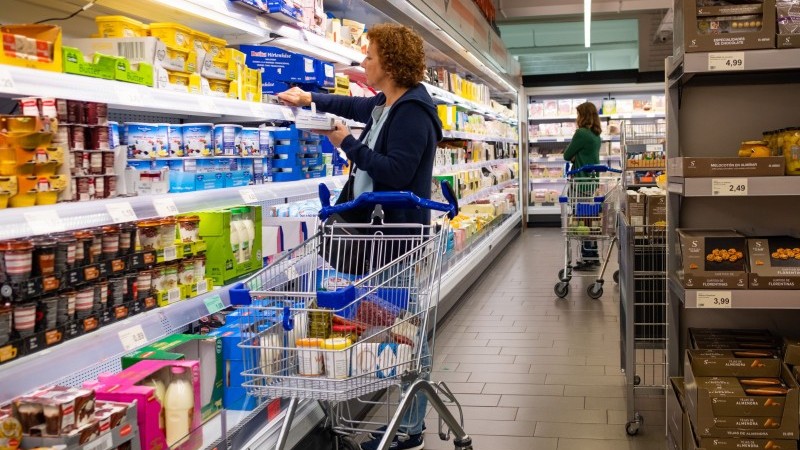Eurozone core inflation fell from 2.9% to 2.7% in April, with services inflation slowing the most. Compared to April last year, the headline numbers were flat as food inflation accelerated from 2.6% to 2.8% and the decline in energy prices slowed, from -1.8% to -0.6%. . This was roughly in line with expectations, although core inflation was slightly higher than expected.
Yesterday's German inflation figures raised concerns about the “stickiness” of an upward trend again, according to European definitions. These concerns exist in quite a few countries. Consider Spain, where inflation has also risen again, and France, where energy inflation is expected to rise sharply again in the coming months. In fact, other countries also saw rapid declines in April.
With GDP growth now higher than expected and domestic demand showing signs of recovery in the euro area, inflation could become more stubborn. But once again, the April economic survey showed weak results, indicating that services inflation is expected to remain moderate in the coming months. Overall, a more uncertain picture regarding inflation is emerging as we move closer to the 2% target.
The European Central Bank relies on data. Yes, they talk about it a lot, but it's really going to happen in future rate decisions. Today's inflation figures are a warning that the ECB is likely to be cautious about cutting rates and that normalizing rates may take time. The ECB can afford to do so because the economy is showing signs of improvement and unemployment is at an all-time low. Still, despite today's encouraging Q1 GDP announcement, the eurozone is not the US, and demand does not pose as much risk to the ECB as it does to the Fed. We still expect the first rate cut to occur in June, but the central bank will remain extremely cautious.

